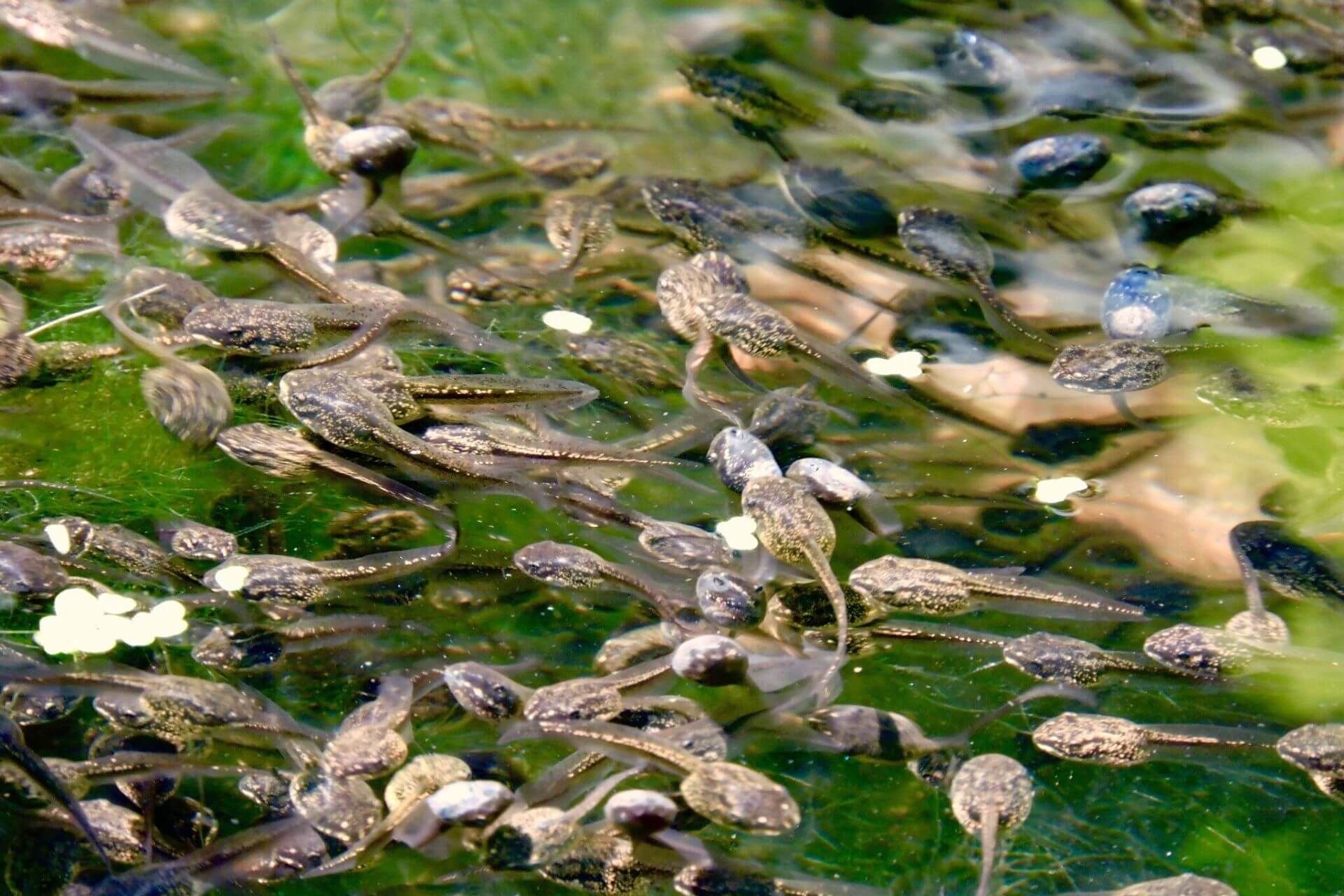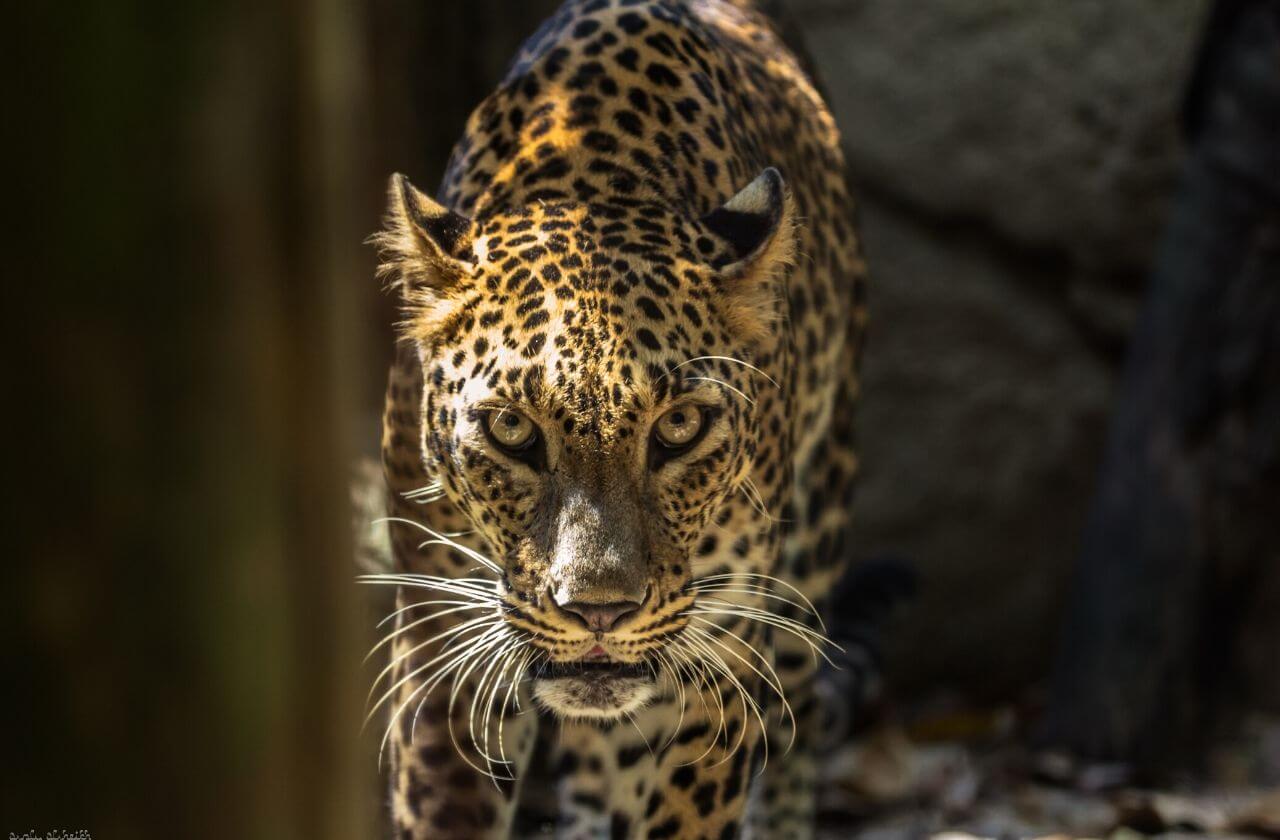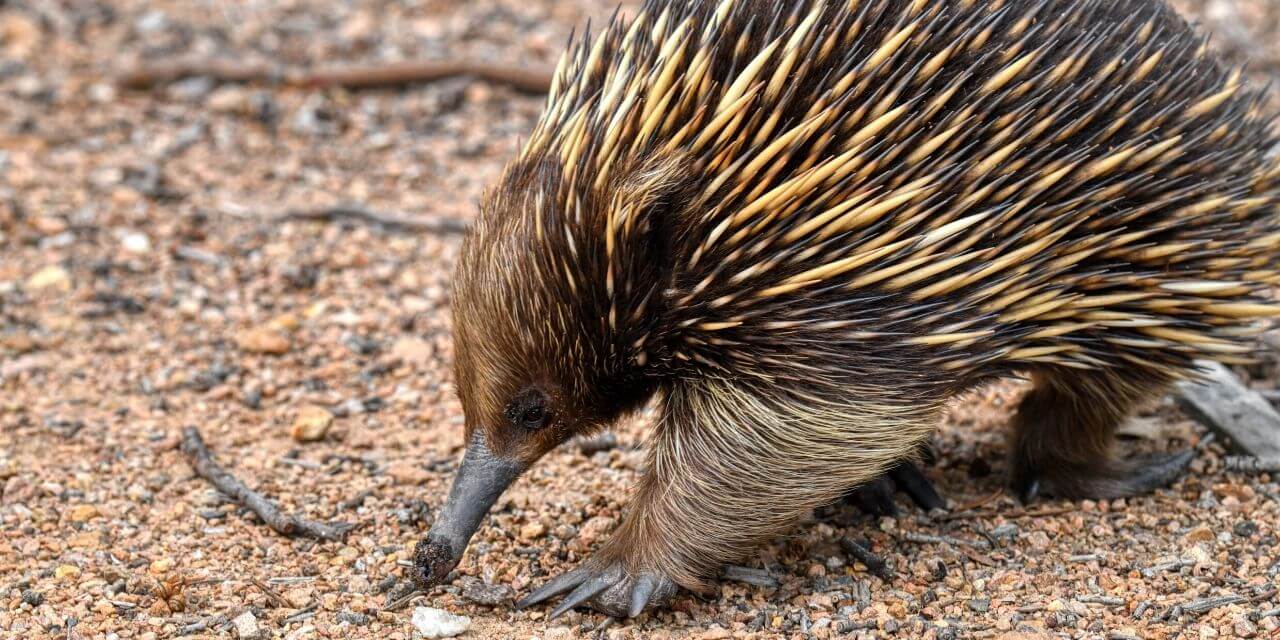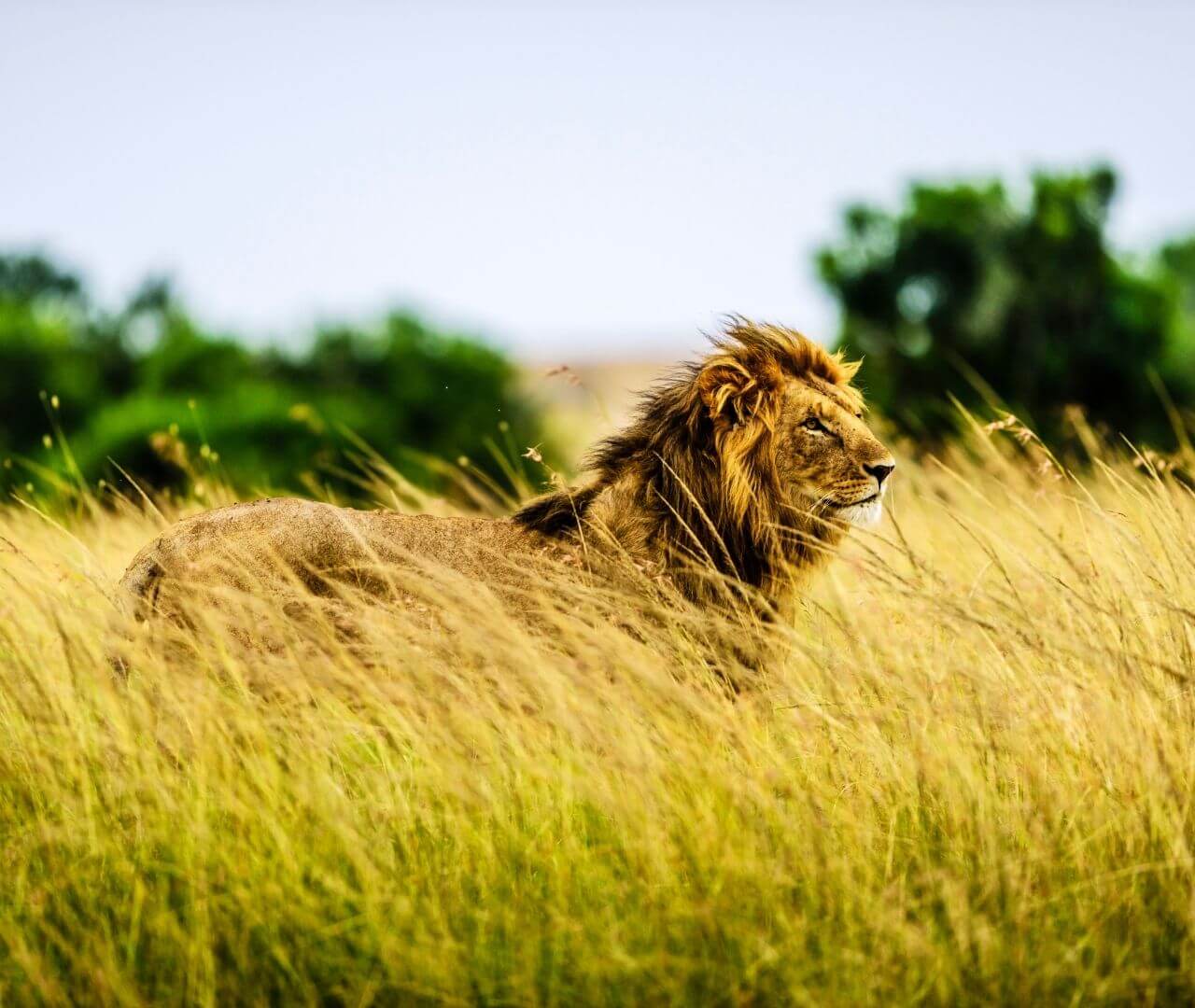Just like the hair on your head and the fur on your dog, almost all mammals are covered in some kind of hair. While it may be sparse on some species, its primary function is to keep us warm. For some species, it does have a few added bonuses. Mammals like tigers and zebras use their fur patterns for camouflage, helping them blend into their surroundings or their herds, making it harder for a predator to pick out one individual. Some have sensory hairs, like whiskers, to better navigate their surroundings. Others have fur that helps waterproof or protects from thorns and spines, like the javalina. Occasionally, hair can also be used to attract a mate. The Visayan warty pig grows a large mohawk during the breeding season, which the ladies really seem to fancy.
Marvelous Mammals | What Makes a Mammal a Mammal | edZOOcating
Sarah Skebba • May 15, 2020
Ranging in appearance from a kangaroo with a pouch to a bat with wings to a whale with fins, mammals are an incredibly diverse class of animals. Some are carnivores while others are herbivores, some are nocturnal while others diurnal, and some… even lay eggs. More than 5,000 species of mammals exist, and while it may seem like they have nothing in common, there is more than what meets the eye.
Fur
Vertebrate
If you reach around to feel your center back, you will feel your hard, bony spine. This makes us, and all mammals, what we call vertebrates. Animals like crabs or spiders who lack a back bone are what we call invertebrates. While the number, size, and shape of bones mammals have in their bodies can vary greatly, most of us do have one thing in common. All mammals, with the exception of manatees and sloths, have seven bones in their neck. Even the giraffe, whose neck can reach more than seven feet in length, only has seven neck bones.
Warm-Blooded
Being warm-blooded, or endothermic, means that even when it is freezing or blazing hot outside, we are still able to regulate our body temperatures so we don’t freeze or overheat. While there are lots of adaptations that help mammals live in extreme environments, being an endotherm is a huge benefit! Mammals who live in cold climates are often larger, giving them more fat stores to live from during the harsh months. Mammals who live in hot climates are often smaller, which increases the surface area to volume ratio and allows more heat to escape from the body.
Milk Production
Now, I will say that most things in ecology cannot be taken as law. Environments are constantly changing, and new discoveries are always being made. While these characteristics hold true for almost all mammal species, there are some exceptions. While most animals give live birth, the platypus and the echidna lay eggs, but still support their offspring through milk production. The animal kingdom is home to some wild and wonderful mammals, even though they might be a little… unusual.

Spring days become longer, hotter. Bullfrog stands guard while his tadpoles squirm through a crowded puddle, bumping bodies and breathing the last bit of oxygen. For weeks, Bullfrog protected his tadpoles from perilous predators, all while their puddle home evaporated. He fended off hungry herons, and the puddle shrank. He fended off famished fish, and the puddle shrank. He even fended off other ferocious frogs, and still, the puddle shrank. Most frogs leave their eggs before they become tadpoles, but not Bullfrog. He cares for his tadpoles and the tadpoles of his neighbors. His instincts tell him to save them. Positioning himself between puddle and pond, he smushes and pushes mud to create a narrow path–a tadpole water slide. Slowly at first, then all at once, hundreds of tadpoles slip into the pond. Darting around, they replenish their oxygen and feast on water bugs making this pond their new home.




